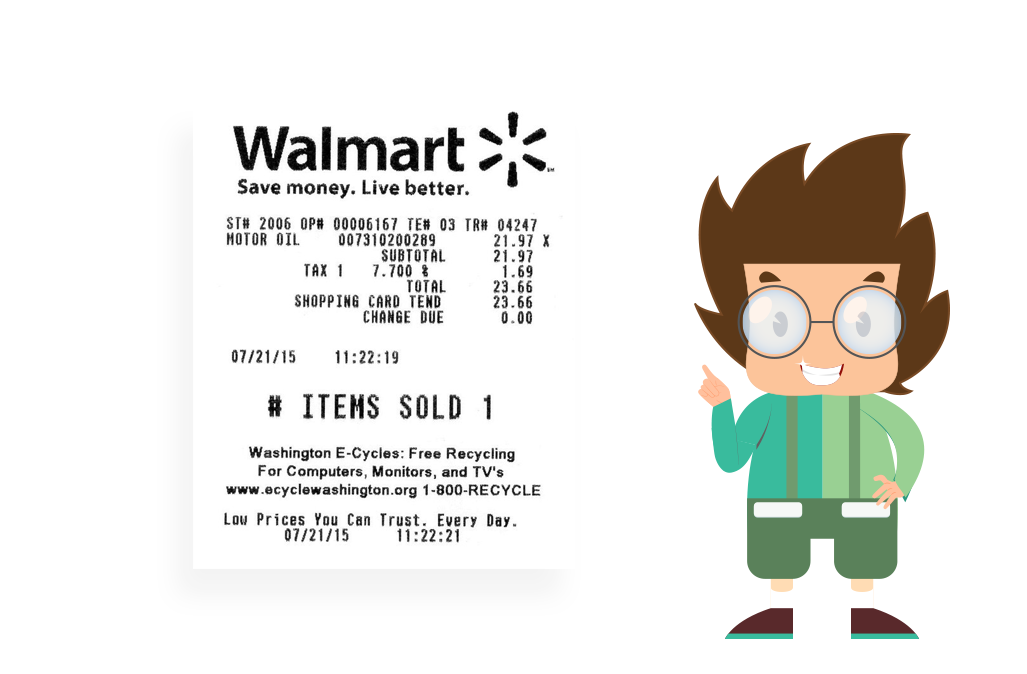The Ultimate Way to Create E-Commerce SKU
A Stock Keeping Unit, or SKU eCommerce number, is probably something you’ve seen if you’ve ever been to a store and read the price tag on a product. An alphanumeric identifier known as an SKU eCommerce number is typically found on a product’s price tag and is used by retailers to track inventories.
SKU eCommerce numbers are essential for controlling inventory and maximizing sales for business owners who have physical inventory. Everything you need to know about SKU numbers, including what they are, why they’re important, how to create one, and further guidance and recommendations, will be covered in this blog.
Defining and Developing an SKU Nomenclature
The alphanumeric numbers you choose to describe, classify, and identify the data held in each SKU are referred to as your SKU eCommerce number nomenclature.
For instance, assuring that each SKU captures the key features of the offering (color, manufacturer, gender, type, size, and model for example). This data is often presented from most to least important.
What steps do you take to develop your SKU nomenclature then? Follow these recommendations:
1- Consider How Much Stock You Have
You can choose to merely track basic details like gender if you only sell a few things and don’t have any plans to extend your selection. However, you’ll probably benefit from recording more information if you carry a variety of inventories for various customer types:
Product Type > Gender > Size
2- Make Sure Each SKU Is Distinct.
Accurate inventory tracking gets difficult if SKUs are the same for products with many comparable qualities. SKU codes must be specific to each product to serve its intended purpose.
Here are a few factors to keep in mind when creating your SKU nomenclature:
- The minimum length is 8 to 12 characters.
- Refrain from using zero
- Make sure that the letters and numbers you use all have a purpose.
3- Configure Your Inventory System with Your SKU Nomenclature.
The majority of retail point-of-sale systems feature connections that allow retailers to generate SKU numbers and build an SKU nomenclature.
As an alternative, retailers can establish and record their SKU nomenclature using an Excel spreadsheet and manually apply SKU numbers to products as necessary. But beware this procedure leaves room for human mistakes, which can lead to erroneous inventory tracking.
Why Are SKU eCommerce are Important?
SKUs are useful for online merchants, order fulfillment facilities, and even warehouse managers since they make it easier to keep track of the products. The SKU number makes it easier to track and trace inventory levels and restock shelves as and when needed. Ultimately, managing and organizing the inventory is made simple using the SKU. SKUs make it simple to:
- Check the store’s website for product information.
- Locate goods easily.
- Streamline the workings of third-party logistics.
- Determine and arrange the merchandise.
- Boost the quality of business decisions.
What is SKU eCommerce Tracking?
Assigning an exclusive alphanumeric code to a product and utilizing that code to track product variations that are in stock or out of stock is a crucial component of the overall SKU management process.
SKU tracking makes inventory management considerably simpler in the long term and helps you to expand your distribution strategy as your firm grows, even though it requires more work spent upfront on inventory planning.
What Your Business Can Gain from SKU eCommerce Tracking
What differentiates a RED shirt from a BLACK shirt? To the human eye, quite a bit.
A black shirt in two different sizes, perhaps? a little more difficult to tell, right?
What about the difference between purchasing 2 units and 20 of the same products? The difference of nearly 10x between both quantities is rather obvious, but, the difference of 18 units when comparing 100 and 118 units may not be as clear-cut.
Why SKU Tracking Is Important for E-commerce Businesses
SKUs may help e-commerce organizations with a variety of tasks, including giving precise data that offers insights into profitability, sales trends, and future demand.
Making informed decisions about inventory replenishment to prevent overstocking and understocking inventory, as a result, makes the inventory management process more effective.
Overall, it aids in stock control by giving the information required to make wise choices about how much of each SKU to order, when to order it, and where to store it (if you use several warehouses) to minimize storage costs while still fulfilling demand.
The 5 Benefits of SKU Tracking for your E-Commerce Business
You may only need to be aware of a few of the major advantages of SKU tracking to see why you should use it in your retail or eCommerce operation.
1. Cost-Efficiency
You are better prepared to deal with escalating costs since SKU eCommerce tracking provides you with an accurate picture of how your business is doing. Planning for new inventory is simple since there is no risk of unexpected expenses arising from urgent orders. The fact that you can make better use of your limited space and avoid the costs associated with overstocking is equally crucial to notice.
2. Client Gratification
The last thing you want is for clients to line up outside your warehouse or delivery location only to discover that the items they need are sold out. You can accurately determine the products that are required at any given time by using proper SKU tracking.
You may then prepare ahead of time for them because of this. Your consumers will ultimately acquire the goods they require at the precise moment. By doing this, you’ll boost consumer happiness and guarantee their loyalty.
3. Management of Space
You can estimate stock demand at any time by using precise SKU monitoring data. It follows that you can determine when one kind of product is in season and when another is out of season. Using this information, you can decide what products to refill at any given time.
As a result, you will be in a far better position to organize your inventory in your warehouse or storage area. It is equally important to realize that some products require special handling and storage.
4. Able to Avoid Dead Stock
To make sure that your customers receive what they need, you may have a big selection of products as a shop or eCommerce trader. But some products end up being slow to sell when it comes to diversity. Even some product categories run the risk of not selling for a long period and getting bad or out of date.
5. Both Under- and Overstocking
When it comes to selling, having an excess of pink nail polish bottles and a dearth of red ones can be disastrous. You can accurately determine the availability of pink polishes by using SKU tracking in comparison to red polishes.
Tips for Enhancing Your SKU eCommerce Tracking Efforts
Most likely, if you operate an online store, you already have a system in place for tracking inventory down to the SKU level.
The following advice can assist you in strengthening your SKU tracking efforts as your business grows, whether it’s through the launch of a new product line or the expansion into new sales channels.
Establish a Uniform System for Monitoring SKUs
Establishing a uniform naming scheme for all of your SKUs is the first step. If this has previously been done, it’s good going over it again to make sure everything is correct and up to date.
Internal teams and outside partners will find it simpler to work with codes that adhere to a standard framework.
Keep Your Characters Simple
To keep things simple, make sure to stay away from any characters that can be confusing.
Avoid starting your codes with a zero, for instance, as the number “0” (zero) can be mistaken for the letter “O.” Additionally, special characters like spaces should be avoided because they can be challenging to read.
On Your Website, Group Products by Similarities
On your e-commerce website, SKUs should also be organized by related characteristics like size or color.
This makes it simpler to offer related products and multiple iterations of the same product that a buyer might find interesting.
For instance, a person who first sees a pair of red shoes can quickly realize that they also exist in black, which may be the shade they truly desired.
SKUs have Benefits for Your E-commerce Business.
SKUs are important parts of managing product catalogs and provide the advantages listed below:
- Enhancing your product catalogs
- Inventory management
- Examination of sales figures and patterns
- Analytical use of consumer behavior
- Productivity gains: Real-time automation provide quick answers.
- Increased inventory adaptability to demand
- maintaining stock levels of the products that are most in-demand
SKU Examples
1- Amazon
To distinguish distinct items for sale and maintain track of stock, each product in a seller’s inventory is given a specific string of letters and numbers called an Amazon SKU. Only in your seller, Central account is your Amazon SKU Number available.
2- Walmart
The term “Walmart’s SKU number” refers to a special number that Walmart provided to a product in 2022 to identify special qualities of individual items. The number gives common features like color, brand, style, and size and aids in internal inventory tracking at Walmart. The number also denotes the importance of each attribute from greatest to least.
Make Tracking SKUs Easy with New G Solutions
With a powerful digital inventory system that enables you to track inventory at the SKU level, including product bundles, New G Solutions makes fulfillment and SKU tracking simpler for you.
Every SKU that enters and leaves our distribution facilities is immediately tracked by the integrated inventory tracking tool, enabling you to keep track of SKU velocity and manage stock availability in real-time. Contact us








Recent Comments